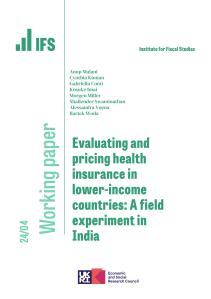Abstract
BACKGROUND:
Frailty is a common syndrome in older adults characterised by increased vulnerability to adverse health outcomes as a result of decline in functional and physiological measures. Frailty predicts a range of poor health and social outcomes and is associated with increased risk of hospital admission. The health benefits of sport and physical activity and the health risks of inactivity are well known. However, less is known about the role of sportsclubs and physical activity in preventing and managing frailty in older adults. The objective of this study is to examine the role of membership of sportsclubs in promoting physical activity and reducing levels of frailty in older adults.
METHODS:
We used data from waves 1 to 7 of the English Longitudinal Study of Ageing (ELSA). Survey items on physical activity were combined to produce a measure of moderate or vigorous physical activity for each wave. Frailty was measured using an index of accumulated deficits. A total of sixty deficits, including symptoms, disabilities and diseases were recorded through self-report and tests. Direct and indirect relationships between sports club membership, levels of physical activity and frailty were examined using a cross-lagged panel model.
RESULTS:
We found evidence for an indirect relationship between sports club membership and frailty, mediated by physical activity. This finding was observed when examining time-specific indirect pathways and the total of all indirect pathways across seven waves of survey data (Est = -0.097 [95% CI = -0.124,-0.070], p = <0.001).
CONCLUSIONS:
These analyses provide evidence to suggest that sportsclubs may be useful in preventing and managing frailty in older adults, both directly and indirectly through increased physical activity levels. Sportsclubs accessible to olderpeople may improve health in this demographic by increasing activity levels and reducing frailty and associated comorbidities. There is a need for investment in these organisations to provide opportunities for olderpeople to achieve the levels of physical activity necessary to prevent health problems associated with inactivity.








